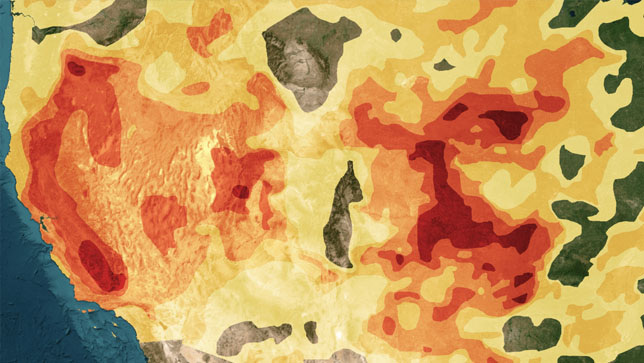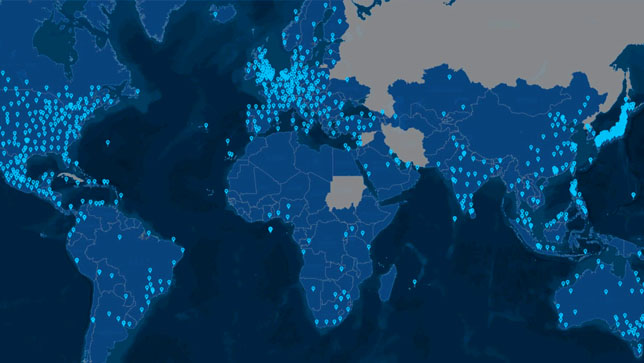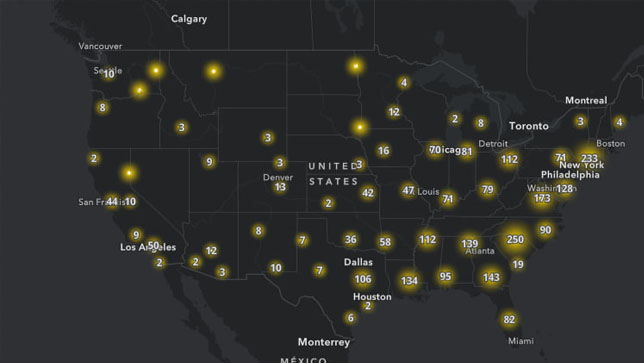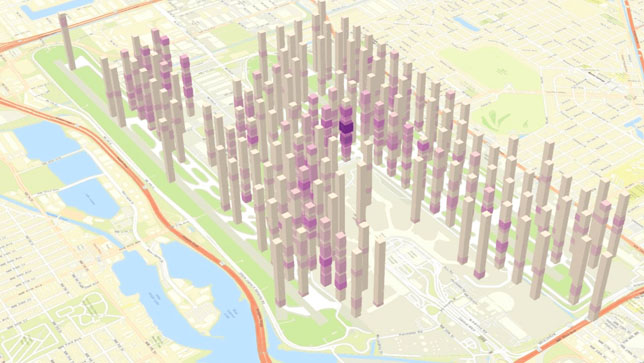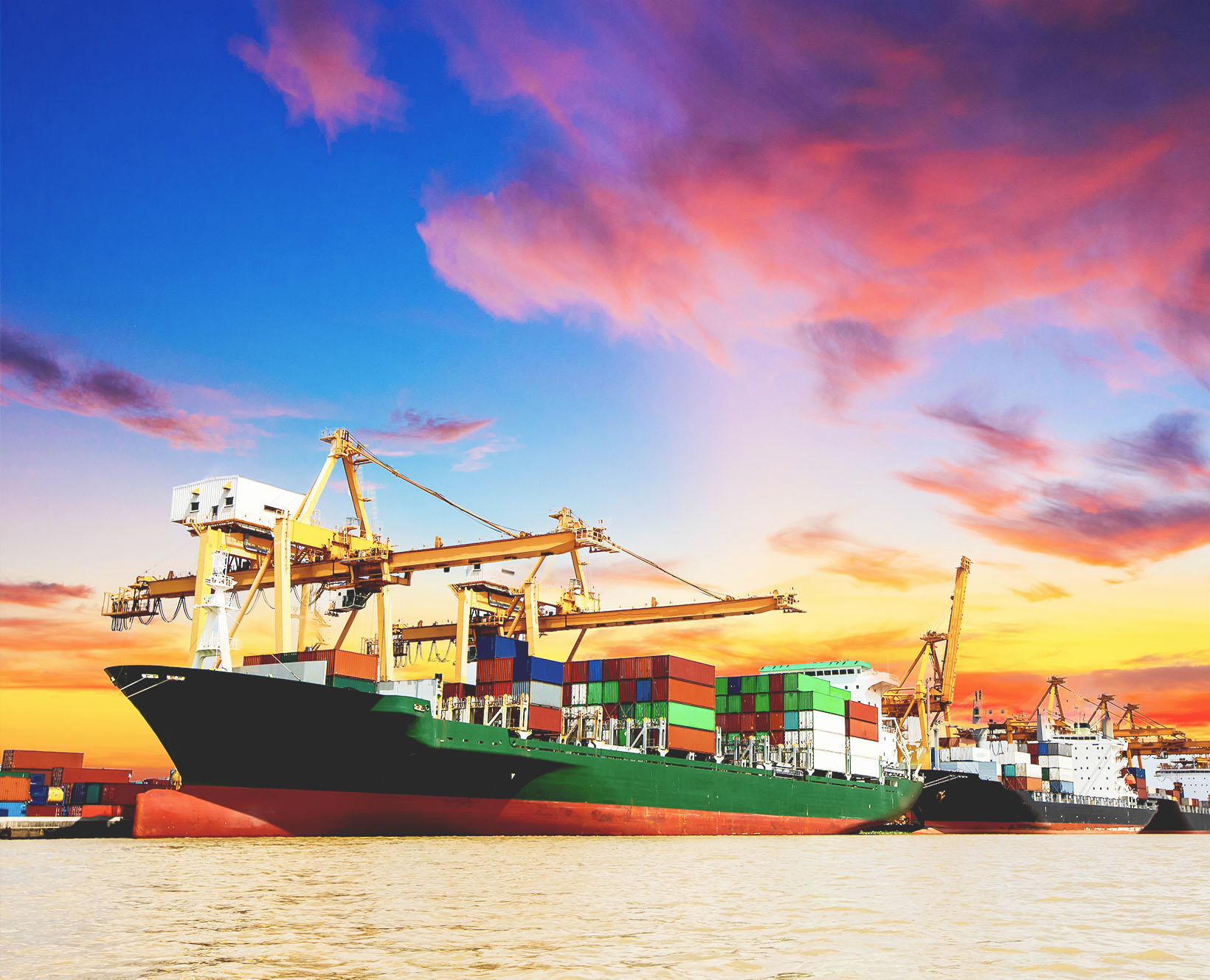Definition
What is location intelligence?
Location intelligence is the insight gained from visualizing and analyzing geospatial data. Layering location-specific data—such as demographics, traffic, environment, economics, and weather—on a smart map or dashboard reveals unique insights. Leaders use location intelligence to better understand where and why things are happening and plan what to do next.


